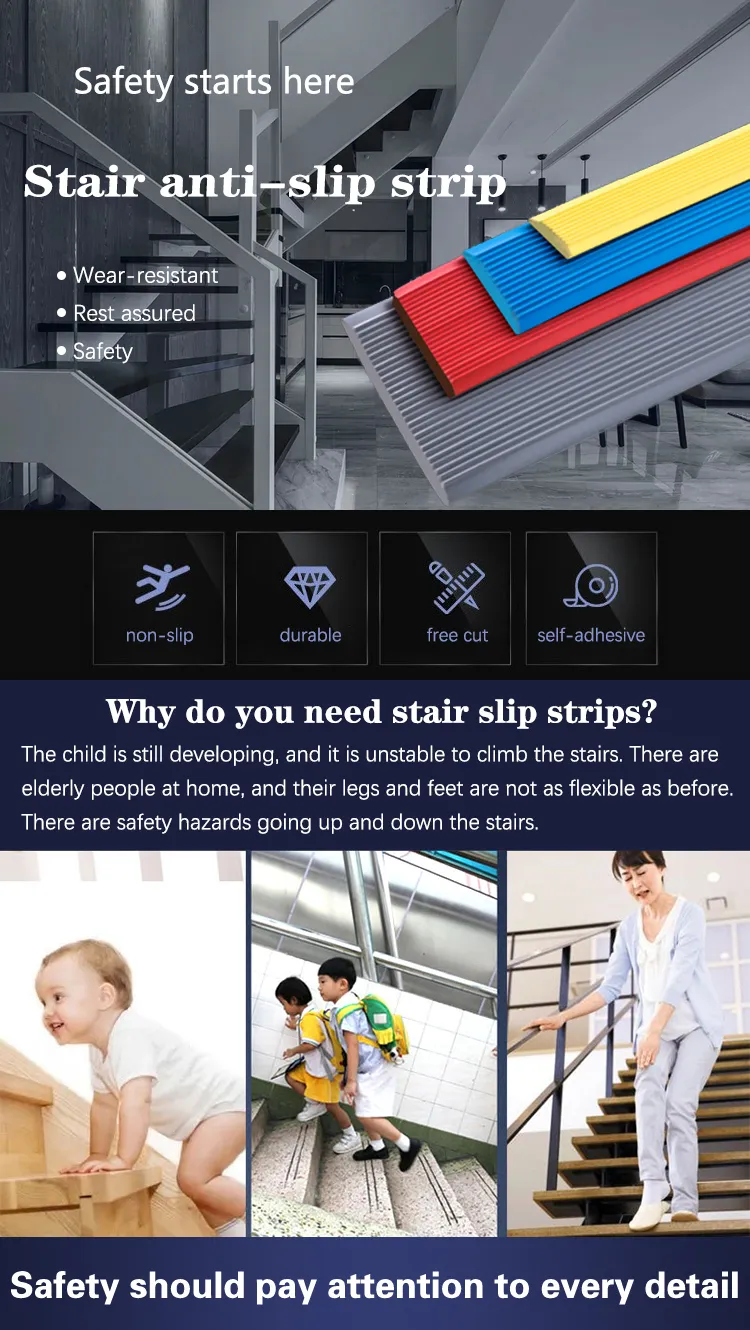Effective Anti-Slip Mats for Wet Environments to Enhance Safety and Prevent Slips
The Importance of Anti-Slip Mats for Wet Areas
In various settings, from residential bathrooms to commercial kitchens, maintaining safety in wet areas is of paramount importance. Slip hazards can lead to serious injuries, which is why the use of anti-slip mats has become a vital consideration in the design and management of these environments. This article explores the benefits, design features, and proper usage of anti-slip mats for wet areas.
Understanding Slip Hazards
Wet areas such as bathrooms, swimming pools, and kitchens are prone to slip accidents due to water accumulation. According to the National Safety Council, slips and falls are among the leading causes of unintentional injuries worldwide. The presence of water on floors can create hazardous situations not only for adults but also for children and the elderly, who may have reduced balance and mobility. Therefore, strategic interventions, such as non-slip matting, are necessary to enhance safety.
Benefits of Anti-Slip Mats
Anti-slip mats provide numerous benefits that contribute to a safer environment. First and foremost, they significantly reduce the risk of slips and falls by offering a textured surface that increases traction. This is especially important in high-traffic areas where moisture is prevalent.
Moreover, these mats are designed to absorb excess water, helping to keep the surface underneath dryer. This feature not only enhances safety but also helps in the maintenance of hygiene, as wet, slippery surfaces can promote the growth of mold and bacteria. Many anti-slip mats are made from easy-to-clean materials that can withstand harsh cleaning agents, making them ideal for industrial or commercial use.
Additionally, anti-slip mats are versatile and can be used in a variety of settings. From residential homes to restaurants, gyms, and hospitals, these mats can be tailored to meet specific needs. Available in various colors and designs, they can complement the aesthetics of a space while still providing essential safety measures.
anti slip mats for wet areas

Key Features to Look For
When selecting anti-slip mats for wet areas, it is vital to consider certain features to ensure maximum safety and functionality. First, look for mats made from durable, waterproof materials such as rubber or vinyl. These materials provide excellent traction even when wet and are resistant to wear and tear.
Furthermore, consider mats with drainage holes or channels, which facilitate the quick removal of water and prevent pooling on the mat's surface. This design feature enhances slip resistance and contributes to overall hygiene.
The thickness and weight of the mats are also important. Thicker mats can provide cushioning, reducing fatigue for those standing for long periods. Heavier mats are less likely to shift or slide during use, maintaining their position and effectiveness.
Proper Usage and Maintenance
To maximize the effectiveness of anti-slip mats, proper usage and maintenance are essential. Mats should be placed in strategic locations, such as entrances, around sinks, and in shower areas. Regular cleaning is crucial to remove any debris or residues that could compromise safety. Depending on the mat material, this may involve sweeping, rinsing, or using specific cleaning solutions.
In summary, anti-slip mats are an effective solution for enhancing safety in wet areas. They are an essential investment for both residential and commercial spaces, providing peace of mind and significantly reducing the risk of slips and falls. By understanding their benefits, features, and proper maintenance, individuals and businesses can create a safer environment for everyone.
-
Under Door Draught Stopper: Essential ProtectionNewsJul.31,2025
-
Garage Door Seal and Weatherstrips for ProtectionNewsJul.31,2025
-
Edge Banding Tape for Perfect EdgesNewsJul.31,2025
-
Table Corner Guards and Wall Corner ProtectorsNewsJul.31,2025
-
Stair Nose Edging Trim and Tile Stair SolutionsNewsJul.31,2025
-
Truck Bed Rubber Mats for Pickup BedsNewsJul.31,2025
-
Window Weather Stripping for Noise ReductionNewsJul.29,2025